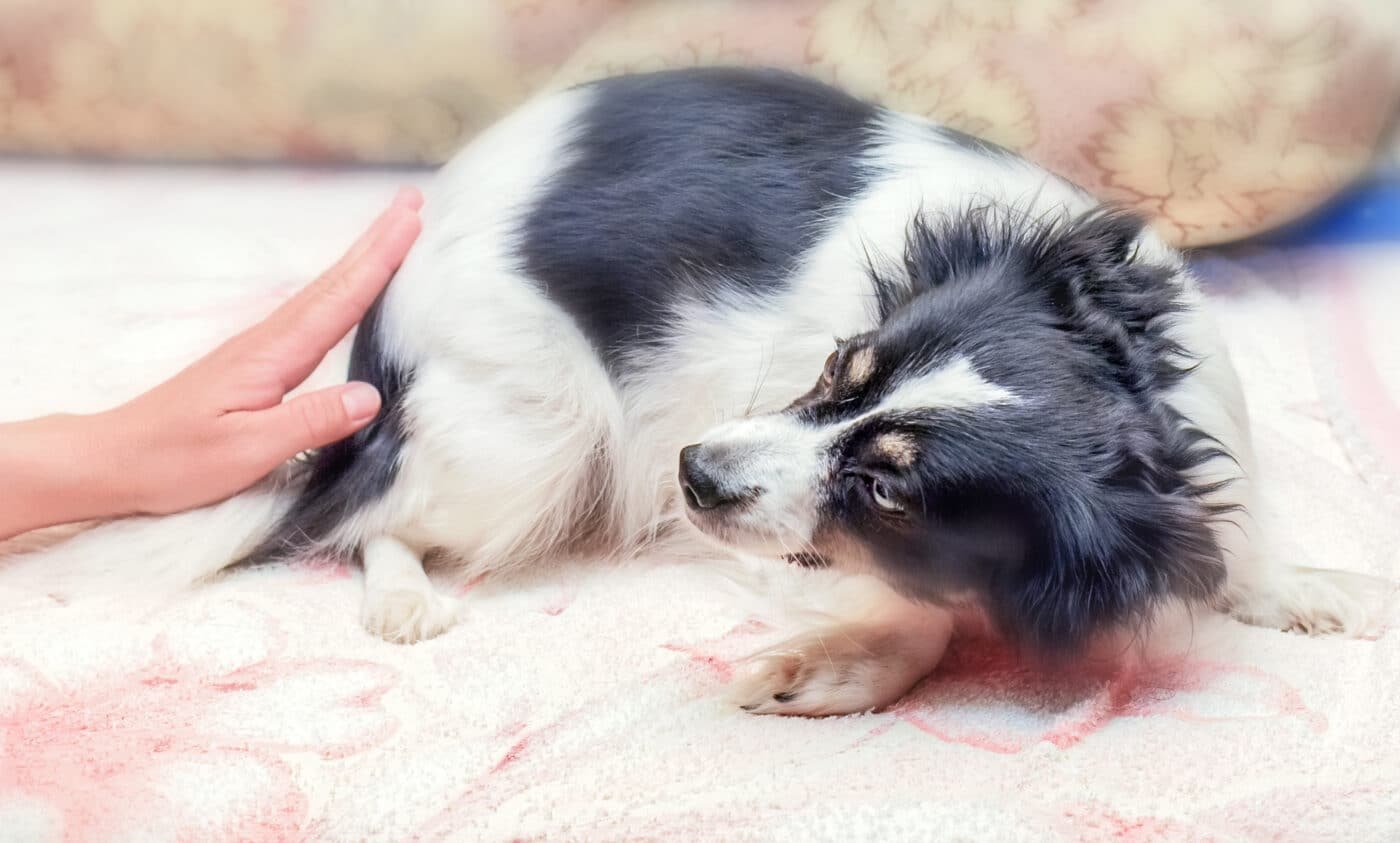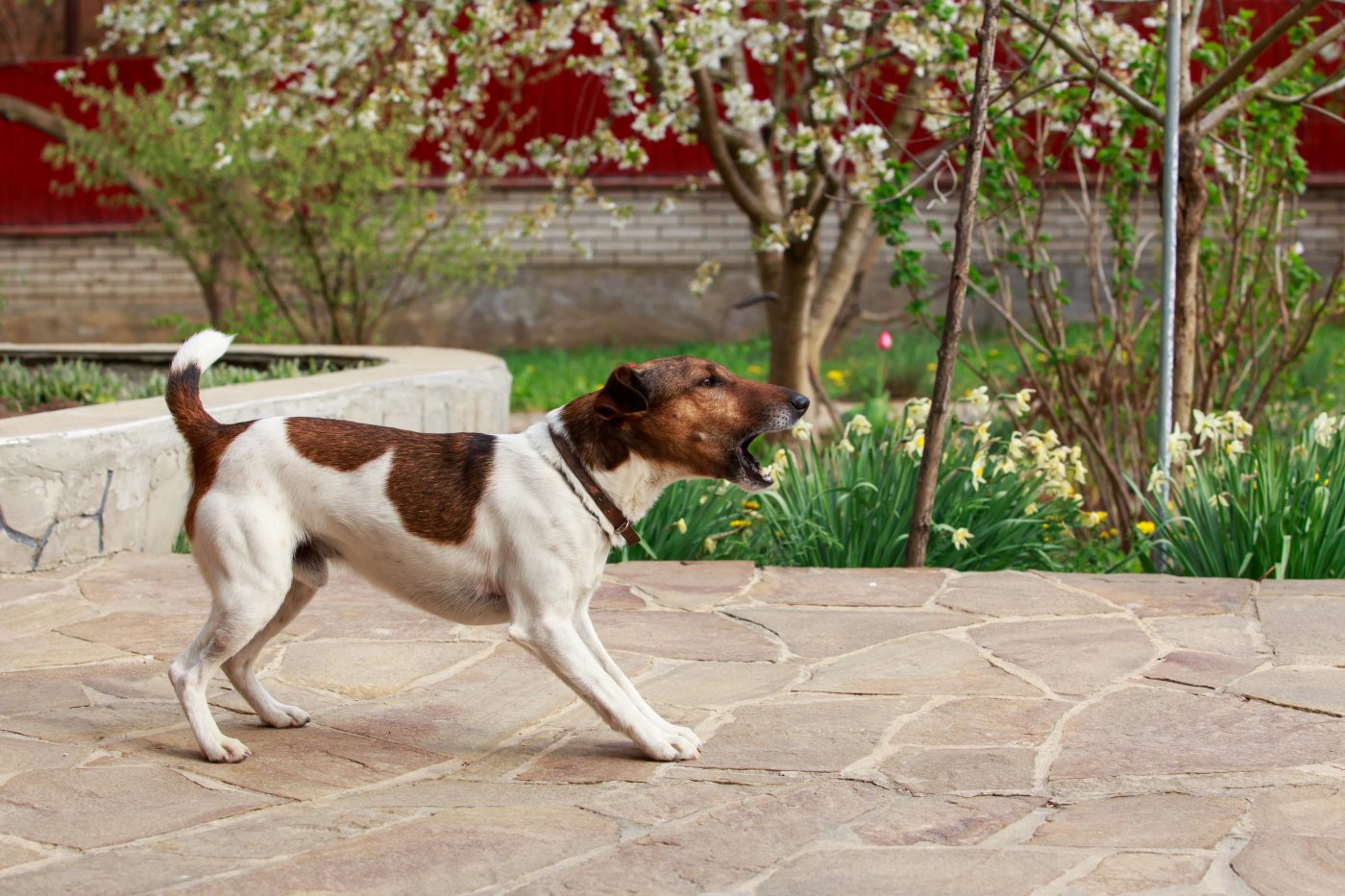Physical Address
304 North Cardinal St.
Dorchester Center, MA 02124
Physical Address
304 North Cardinal St.
Dorchester Center, MA 02124

 Shutterstock
Shutterstock
Dogs communicate strongly through their body language, sending messages that are often ignored. While burning and shouting are obvious, many dogs depend on the subtle physical signal for expressing their emotions. By understanding these silent signals, we can respond more effectively to our dog needs, strengthening the bond we share. Recognizing their unreasonable communication allows us to connect with our Farry companions at a more deeper level, encourage faith and ensure a more harmonious relationship with our beloved pets.
 Shutterstock
Shutterstock
Tail wagging is one of the iconic signs of communication dog communication, but it means complicated than many people’s perception. A quarrel tail can explain different emotions depending on its speed, position and movement. For example, holding a WAG high and curry usually signals alert or excitement, while a low -tailing slow wag may suggest insecurity. A comfortable, wide wag usually means that the dog is happy and comfortable, indicating friendship and joy at this moment.
 Shutterstock
Shutterstock
When a dog hackles are raised, it can be a symptom of higher precautions or possible aggression. This response is triggered when the dog feels threatening or sees something that they consider any possible danger. However, there may also be reaction to raised hackles excitement, such as when a dog faces new scent or unfamiliar situation. The raised fur makes the dog even bigger, which they realize as a threat and indicate their preparation to face them.
 Shutterstock
Shutterstock
Dogs often use lip licking and yoning for discomfort or stress contact. Although Yioning is usually seen as a symptom of relaxation, it can still happen even when the dog is concerned or tries to calm itself. Similarly, lip -licking can indicate anxiety, especially when the dog is in new or overwhelming situations. Both behaviors are subtle but effective ways that dogs communicate that they are feeling from their material, indicating the need for comfort or assurance.
 Shutterstock
Shutterstock
A Play Bo is an involuntary sign that your dog is in a sports mood and wants to interact. This behavior involves keeping the dog in the air in the air while lowering their front edge, inviting others to join the fun. It is a clear, threatened gesture that communicates the excitement and joy. When dogs are involved in a game bow, they indicate that they want to start playing, no desire to aggression.
 Shutterstock
Shutterstock
Starring is a short form of communication that can express different feelings depending on the context. A soft, gentle shelves from your dog usually signal affection and confidence, especially if the relaxed body is associated with the language. However, if your dog maintains eye contact with a rigid body and exciting posture, it may indicate a challenge or possible aggression. It is very important to understand the difference between these types of stars to explain what your dog means in a particular situation.
 Shutterstock
Shutterstock
When a dog grows to reveal their stomach, it often accumulates and signals the faith. This weak position shows that the dog feels safe and is not interested in the face. However, some dogs can express their stomach not only for confidence, but also for a stomach room request, which they enjoy. The symptoms of other body languages are essential, because a dog that expresses its stomach can also be an indication of discomfort when associated with tension or behavior.
 Shutterstock
Shutterstock
The key index to their sensitive conditions of a dog. When a dog pulls his ear flat opposite the head, it often indicates anxiety, fear or accumulation. This posture is usually accompanied by other symptoms of anxiety, such as a tailor tail or avoidance. However, some dogs naturally have ears that are left behind without indicating fear or anxiety, so it is important to consider the language of the dog and the overall body when explaining this signal.
 Shutterstock
Shutterstock
A clear signal of kawaring or hidden that a dog threatens, fears or feel overwhelmed. When a dog finds a hidden spot or puts his body down to the ground, it may try to make himself less noticeable in a stressful situation. This behavior can be placed from past trauma experiences or simply in a unfamiliar environment. This delicate cu burdens help owners to create a more safe, more comfort environment for their dogs.
 Shutterstock
Shutterstock
When a dog quickly turns from a situation or person to a person, it is often a de-altar gesture. Known as a “quiet signal”, this behavior is used to show that the dog does not want to be involved or is trying to spread tension. It is a subtle way for the dog that they are feeling uncomfortable but do not want to respond aggressively. This signal can help owners to respond to the owners of their dogs in exciting situations.
 Shutterstock
Shutterstock
A common body is the sign of a common body when they feel alert or curiosity in dogs raising one or both front legs. This behavior often appears when the dogs are confronted with something strangers or something new. They are hesitant to raise their front leg, because they are not sure whether they are moving forward. This is a small but meaningful verb is a signal that your dog is a precaution in unknown circumstances.
 Shutterstock
Shutterstock
When pants are usually involved in heat or physical exertion, it can also be a symptom of anxiety or stress. The dogs that are nervous, overwhelmed or frightened will sometimes become heavier even if they are not physically active. To determine whether the tension or anxiety is related to the symptoms of other body languages, such as pasing or trembling monitoring. Knowing when your dog is stressed can help you take steps to calm them.
 Shutterstock
Shutterstock
Taking tail is a symptom of fear, insecurity or deposit in the dog. When a dog grows the tail into his feet, it often tries to show himself as smaller and less threatening that fears it. This behavior is often seen when a dog is scared by a new person, environment or situation. It is important to identify this signal, as it suggests that your dog may need assurance or safe space to feel comfortable again.
 Shutterstock
Shutterstock
Quick or short movement is usually a symptom of nervous energy or excitement in the dog. When a dog creates a quick, sharp movement, it indicates that they are feeling uncertain or unstable. These movements can happen when a dog meets a new someone or face unfamiliar situation. It is a subtle but important body language that suggests that the dog is experimenting with water and trying to decide how to respond to situations.
 Mid -journey
Mid -journey
Dogs communicate without sound, using their body language to express their feelings and requirements. The burden of these subtle signals helps to connect our pets more deeply and respond properly. By tune in their silent signals, we can strengthen our bonds, ensure their comfort and feel them protected. Dogs can’t speak our language but their incredible communication can tell us what we need to know. So, next time your dog requests the side eye or abdomen, pay attention-they are talking.